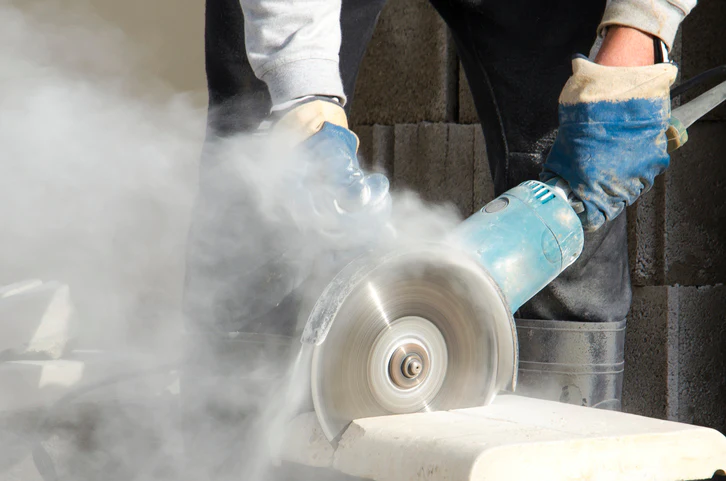
Construction dust isn’t just a nuisance but a serious health hazard to construction workers. As such, continuous exposure to high construction dust levels causes life-threatening diseases like Chronic Obstructive Pulmonary Disease (COPD), silicosis, asthma, and lung cancer. In the worst situations, these diseases cause early death or permanent disability. Statistics reveal that over 500 construction workers lose their lives because of exposure to silica dust yearly. Now the big question is, what can you do to reduce dust exposure for construction workers on your site? Robust dust control solutions like those from BossTek and the following techniques will help you fight construction dust and protect workers.
Use personal protective equipment
Equip your workers with personal protective equipment (PPE) to limit dust exposure. Ensure they have proper training on how to use it for maximum protection. For example, dust masks and filtering respirators can offer additional protection from inhaling harmful dust particles. According to the National Institute for Occupational Safety and Health (NIOSH), half-face respirators with N95 filters or better effectively reduce exposure to airborne dust like crystalline silica. On top of face masks and respirators, workers should wear safety goggles when working in a dust-filled atmosphere. These goggles act like a seal around the eyes that prevents dust entry, which may cause eye irritation.
Leverage water-based dust control
Water trucks, hoses, and sprinklers help prevent dust from becoming airborne through wet suppression. Use them to wet dust-filled surfaces like open fields and on-site bare roads. As a result, the particles will get damp and heavy, disabling them from escaping into the air. But if you deal with high-level dust emissions, like demolition dust, you’ll need misting or fogging cannons, which are more powerful than water trucks, hoses, and sprinklers. These systems have an advanced technology that uses water sparingly and is super effective in dropping down giant clouds of airborne dust particles. Misting cannons leverage powerful fans, advanced nozzles, and pumps to turn water into fine droplets that can arrest nearly every type and size of dust particles without causing the slipstream effect. These systems are suitable for outdoor applications. Depending on where you’ll buy, they may be available for rent if your dust problem is temporary.
Implement chemical dust suppression
Apart from PPEs and water-based dust control techniques, you can use chemical dust suppressants on your construction site. However, the effectiveness of chemical suppressants depends on factors like application method, surface moisture content, and construction site precipitation. For example, you apply calcium chloride directly on the surface, where it absorbs moisture from the atmosphere and binds dust particles together to prevent them from building up in the air. This chemical works best in wet seasons when the atmosphere’s humidity level is high. On the other hand, other chemicals must be mixed with water and used with water-based dust suppression techniques (like using sprinklers, water trucks, and misting cannons). Such chemicals increase the power of water to bind dust particles together.
Dust exposure is a significant health concern for construction workers. In the worst scenarios, it is potentially life-threatening and can cause permanent disability. Ensure you implement concrete dust control solutions to avoid these ugly consequences.
